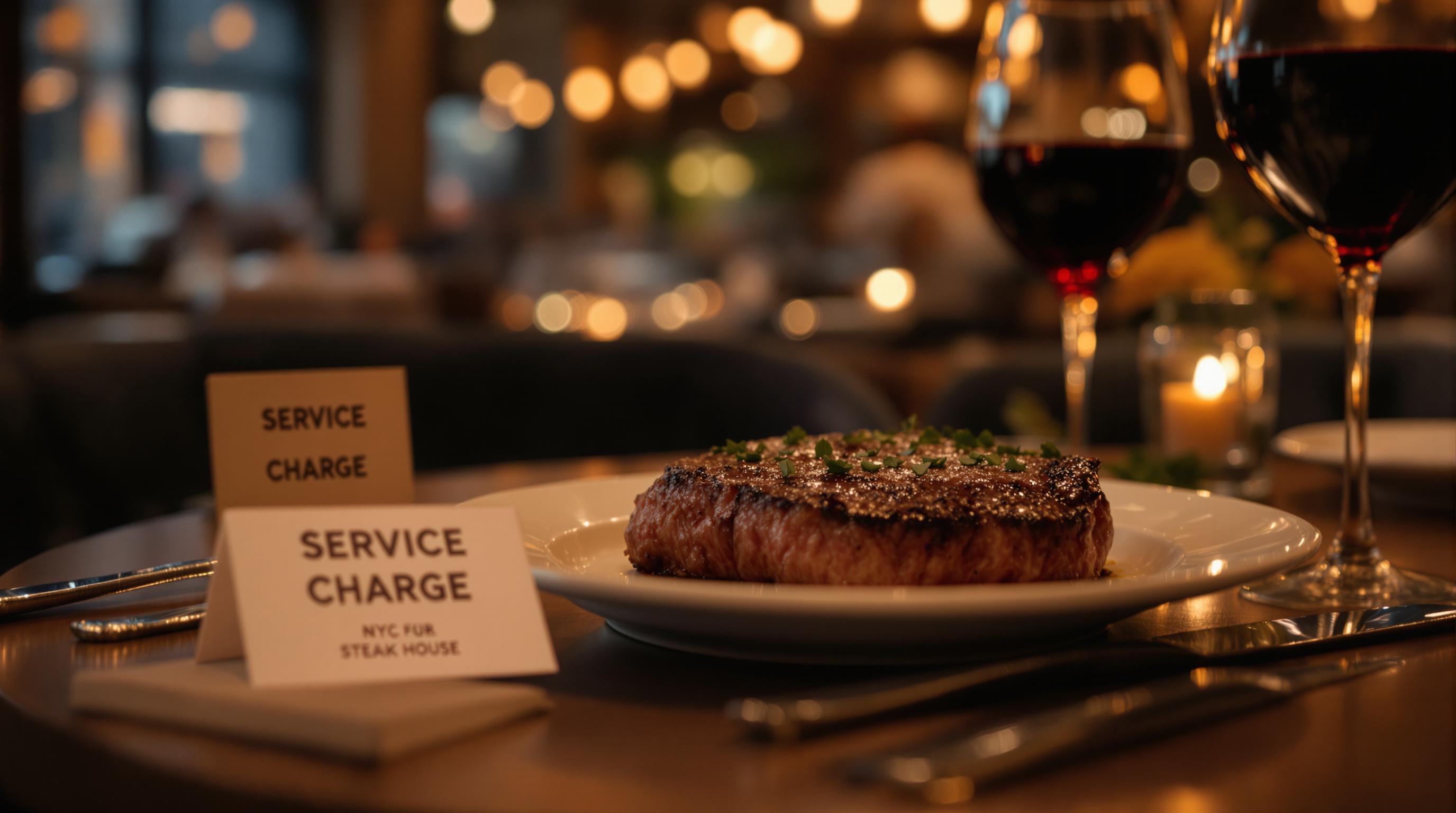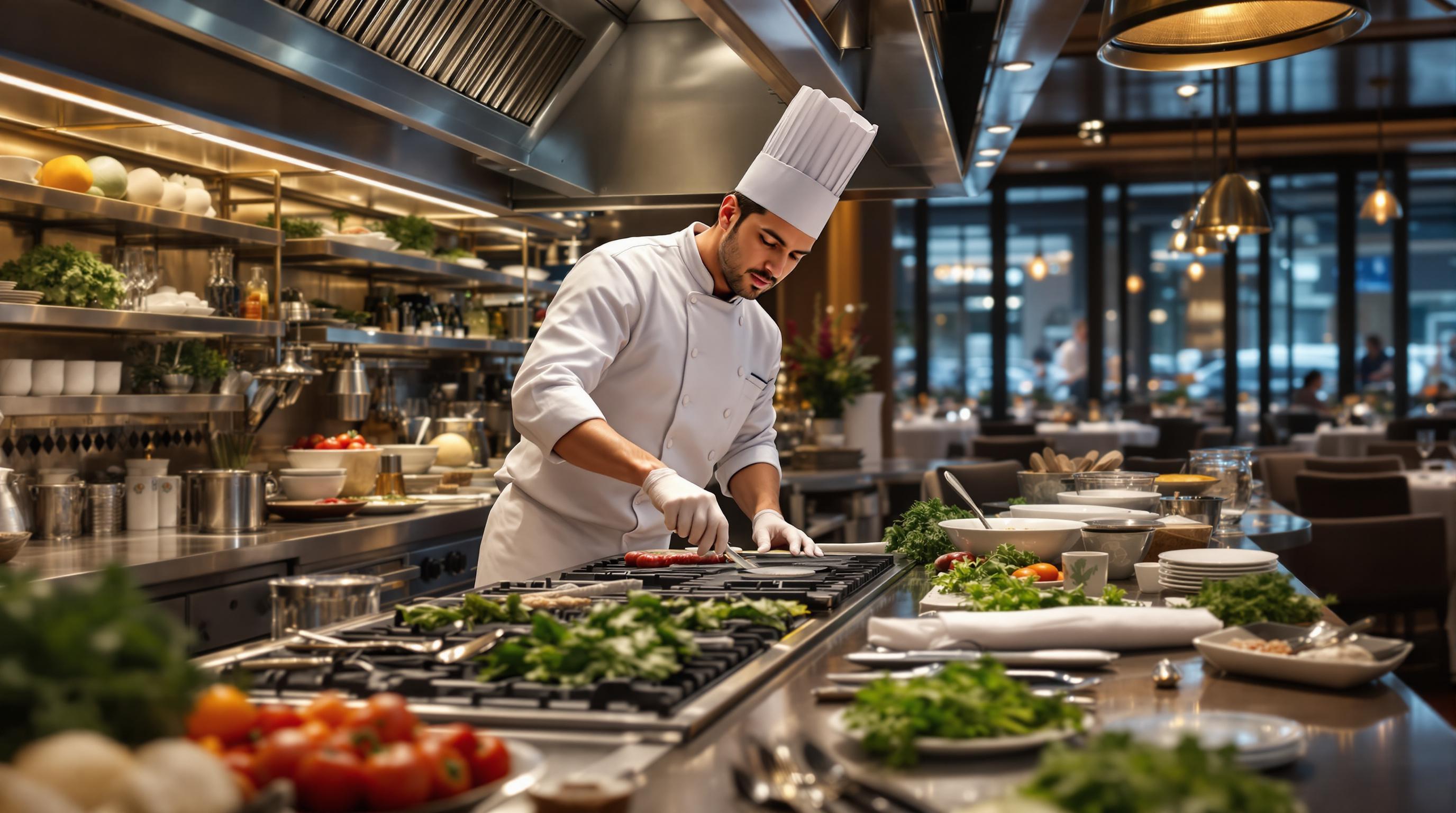When it comes to grilling steak, charcoal grills and gas grills each offer unique advantages. Here's a quick breakdown:
- Charcoal Grills: Deliver a smoky, rich flavor with high heat for a bold sear and crust. Ideal for those who love the classic grilled taste. However, they require more time for setup and cleanup.
- Gas Grills: Provide precise temperature control, emphasizing the steak's natural flavor without smoky notes. They're quick, convenient, and easier to clean.
Quick Comparison
| Feature | Charcoal Grills | Gas Grills |
|---|---|---|
| Flavor | Smoky, rich, and layered | Clean, natural beef flavor |
| Heat | High, intense heat for deep sears | Consistent, precise temperature control |
| Setup Time | Longer (requires preheating charcoal) | Shorter (heats up quickly) |
| Cleanup | Ash removal and scrubbing | Quick brush and wipe |
Bottom Line: Choose charcoal if you want smoky flavor and a bold crust. Opt for gas if you prefer convenience and showcasing the meat's natural taste.
Charcoal Grill vs Gas Grill - Steak Experiments
Charcoal Grilling: Flavor Effects
Charcoal grilling gives steak a rich, smoky flavor thanks to the high heat and natural smoke compounds it produces.
Smoke Effects on Taste
When charcoal burns, it releases aromatic compounds that add a smoky depth to the steak. The type of charcoal you use - like hardwood lump charcoal or briquettes - affects both the strength and character of this smoky flavor.
Key compounds include:
- Wood-derived phenols
- Aromatic hydrocarbons
- Organic acids
These combine to create what grilling pros call the "charcoal signature" - a flavor that's hard to replicate with other cooking methods. Along with the smoke, the intense heat from the grill plays a big role in shaping the steak's taste and texture.
Heat and Crust Formation
Charcoal grills can reach temperatures of 700-900°F (371-482°C), which is perfect for triggering the Maillard reaction. This reaction forms a flavorful, golden-brown crust on the steak.
The direct, radiant heat from the charcoal delivers:
- A bold, well-defined sear
- Deeper browning
- Enhanced caramelization
- Layers of complex flavors
This combination of smoke and heat is what makes charcoal grilling stand out from other cooking techniques.
Gas Grilling: Flavor Effects
Gas grilling offers precise heat control, allowing the steak's natural flavors to take center stage while achieving a great sear. Unlike other methods, it doesn’t add smoky notes, keeping the focus on the meat itself.
Highlighting Natural Taste
Since gas grills don’t produce smoke during cooking, they let the steak’s natural flavor stand out. This approach keeps the taste clean, ensuring the meat’s original qualities remain the main attraction.
Precise Heat Control
Gas grills make it easy to maintain consistent temperatures, which helps cook the steak evenly. This control ensures the desired level of doneness without overcooking or undercooking any part of the steak.
Perfect Searing
With the ability to reach high temperatures, gas grills create a beautiful seared crust. This sear not only boosts the steak’s texture but also helps retain its juices. To get the best results, preheat the grill, sear the steak on high heat, and place it directly over the flame.
sbb-itb-e6be165
Flavor Comparison Results
Chefs often highlight that charcoal grilling adds a smoky, caramelized touch that’s iconic to steakhouse dishes. On the other hand, gas grilling provides steady temperature control, delivering a cleaner, more straightforward meat flavor. These flavor profiles, while distinct, are just part of the equation.
In practice, steakhouses adjust their grilling method based on the cut of meat and the desired finish. The final flavor comes from a mix of factors, including grilling technique, cooking time, resting period, and even surrounding conditions. Understanding these elements helps both chefs and home cooks choose the best method for their goals, tailored to the unique traits of each cut.
Usage Factors
When choosing between charcoal and gas grills for cooking steak, the time and effort involved can greatly influence your experience. These practical differences can help you decide which option fits your lifestyle better.
Preparation and Cleanup
Gas grills heat up fast, letting you start grilling almost immediately. Charcoal grills, on the other hand, take longer to preheat, requiring more patience.
Cleanup is also easier with gas grills - just a quick brush and grease wipe are usually enough. Charcoal grills, however, involve cleaning out ashes and a more thorough scrubbing.
More Information
When selecting a steakhouse, think about how their grilling techniques align with your taste preferences. Whether you enjoy a smoky flavor or a cleaner taste, finding a steakhouse that matches your style can make all the difference. Look for resources that help you discover places tailored to your palate.
NY Steakhouse Guide

NY Steakhouse Guide is a go-to directory for steakhouses in NYC and beyond. It includes tools and insights to help you choose the perfect spot:
- Reviews: Short summaries highlighting flavor profiles and grilling methods.
- Search Filters: Easily locate steakhouses by location and flavor emphasis.
- Restaurant Profiles: Detailed overviews of each venue's steak preparation and presentation.
- Rating System: User reviews focused on grilling techniques and taste.
This directory makes it simple to explore options across various price ranges and styles. Each listing highlights cooking techniques and flavor details, so you can find a steakhouse that matches your specific preferences.
Pro Tip: Use the location filters to narrow down spots that specialize in your favorite grilling style - whether you crave the bold depth of charcoal or the clean taste of gas-grilled steaks.
Conclusion
The best grilling method really depends on what you're aiming for. Charcoal grilling gives you that smoky flavor and a perfectly seared crust, while gas grilling lets the natural taste of the meat shine through.
If you’ve got time to spare, charcoal grilling delivers that classic smoky flavor many love. On the other hand, gas grilling is great for when you need something quick and easy, with precise heat control.
Charcoal excels at creating a deep, layered flavor and intense sear, while gas ensures steady heat and clean, straightforward flavors. Both methods can produce amazing results when paired with the right techniques. The key lies in mastering timing, temperature, and choosing the right cut of meat.
Want to explore these methods further? Try visiting local steakhouses to see how the pros do it. It’s a great way to experience the differences and refine your own grilling style.


